Alfred Stieglitz: The Revolutionary Photographer Who Changed the Art World
Alfred Stieglitz is a name that resonates strongly in the world of photography and modern art. Born in New York City in 1864, Stieglitz transformed photography from a technical skill into an expressive art form. His groundbreaking work, dedication to promoting the art of photography, and support for avant-garde artists have made him one of the most important figures in the history of visual arts. This article explores his life, achievements, and lasting influence on photography and modern art.
Early Life and Education
Alfred Stieglitz was born into a family of German Jewish immigrants in New York City on January 1, 1864. While his family had hopes for him to become an engineer, Stieglitz’s passion for art soon took over. He studied engineering at the Polytechnic Institute of Brooklyn, but photography captured his heart. In the 1880s, Stieglitz traveled to Europe to study the work of famous artists and photographers, which further shaped his artistic vision. Upon returning to the U.S., he decided to focus entirely on photography.
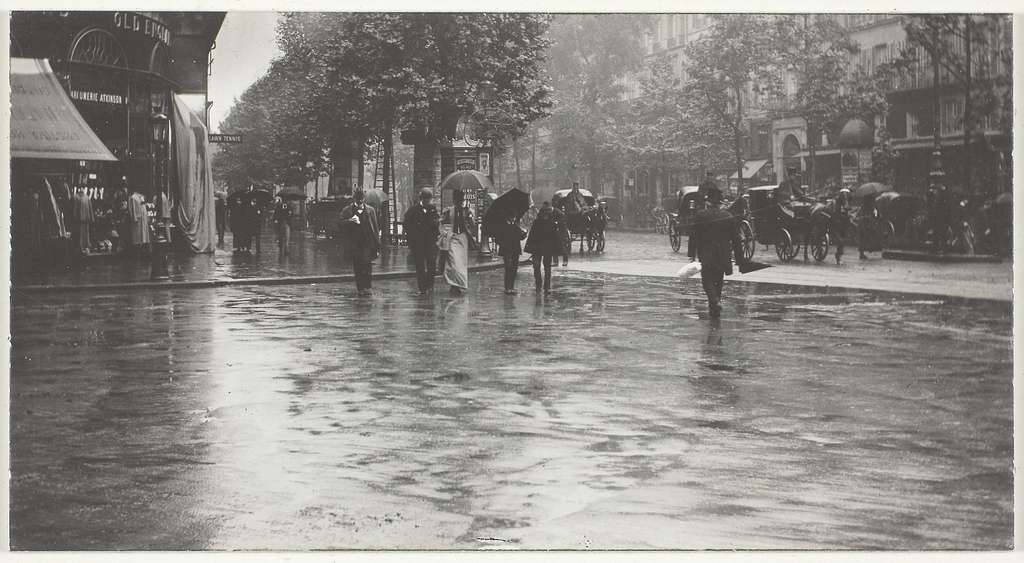
Discovering Photography
When Stieglitz began his career, people mainly considered photography a documentary tool rather than an art form. Stieglitz, however, sought to elevate photography to the same level as painting and sculpture. He embraced photography’s potential for artistic expression, capturing images that focused not just on technical skill but also on emotional depth, light, and composition. The Impressionist movement in Europe inspired his early works, blending visual clarity with artistic sensitivity.
Camera Work and the Birth of Fine Art Photography
In 1903, Stieglitz founded Camera Work, a groundbreaking magazine that played a crucial role in establishing photography as a legitimate form of fine art. The magazine featured high-quality photographic prints, showcasing not only Stieglitz’s own work but also the work of other artists. Camera Work became a platform for the modern photographic movement and introduced the world to the idea that photography could express emotion and beauty in the same way as traditional fine arts like painting and sculpture. Through this publication, Stieglitz pushed the boundaries of what photography could be.
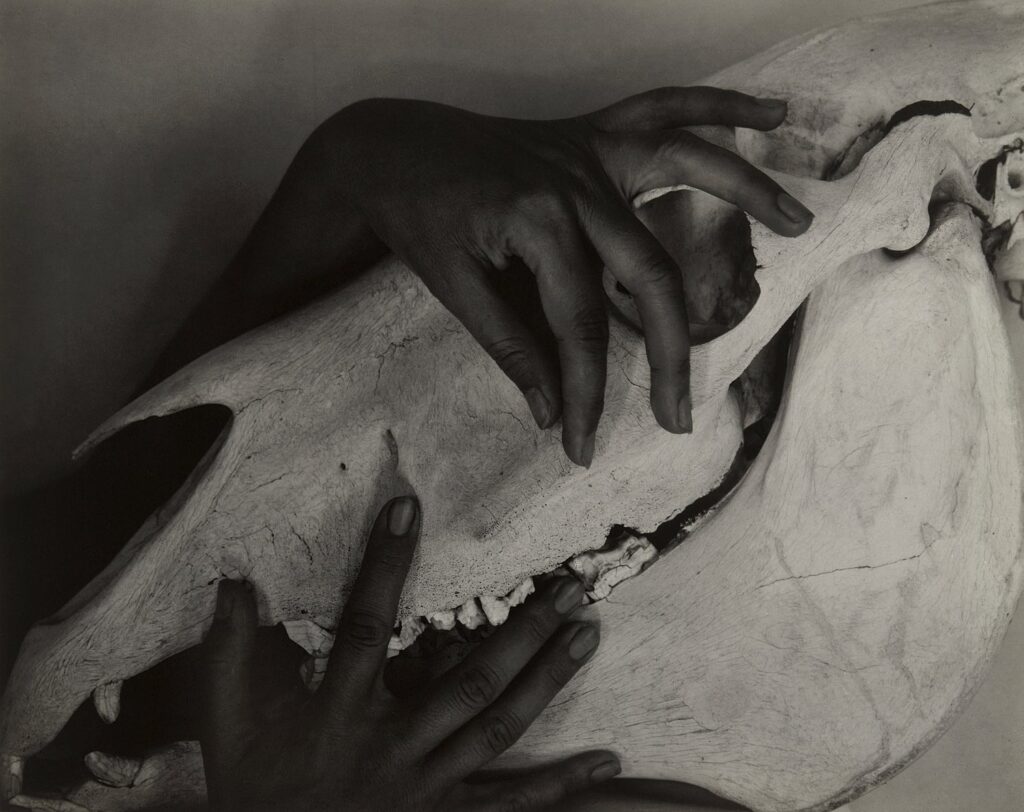
The Steerage: A Landmark in Modernist Photography
One of Stieglitz’s most iconic works is The Steerage (1907). This photograph, taken aboard a ship traveling from Europe to America, depicts a striking contrast between the poor immigrants in the lower decks and the wealthier passengers in the upper decks. The photograph captures a moment of social division but also symbolizes the journey and struggle of the immigrants. The Steerage is considered one of the first modernist photographs because of its bold composition, use of geometric shapes, and emphasis on light and shadow. It marked a shift away from traditional photographic techniques and was instrumental in making photography a modern art form.
Stieglitz’s Role in Promoting Modern Art
Beyond his contributions to photography, Stieglitz played a significant role in the promotion of modern art in America. In addition to his photographic work, he was an influential gallery owner and curator. In 1905, he opened the 291 Gallery in New York City, which became a key space for modernist art. Through this gallery, Stieglitz introduced American audiences to the works of European artists such as Pablo Picasso, Henri Matisse, and Paul Cézanne. His support for these artists helped to establish New York as a global center for modern art.
Marriage to Georgia O’Keeffe: Art and Intimacy
Stieglitz’s personal life was closely intertwined with his artistic career, particularly his marriage to the famous painter Georgia O’Keeffe. The two met in 1916, and Stieglitz was deeply influenced by O’Keeffe’s work. In the years that followed, he took a series of intimate and highly personal portraits of her. These images, which include close-up shots of O’Keeffe’s hands, face, and abstracted body parts, are considered some of Stieglitz’s most significant photographic works. Their relationship, both artistic and personal, helped shape the direction of both their careers.
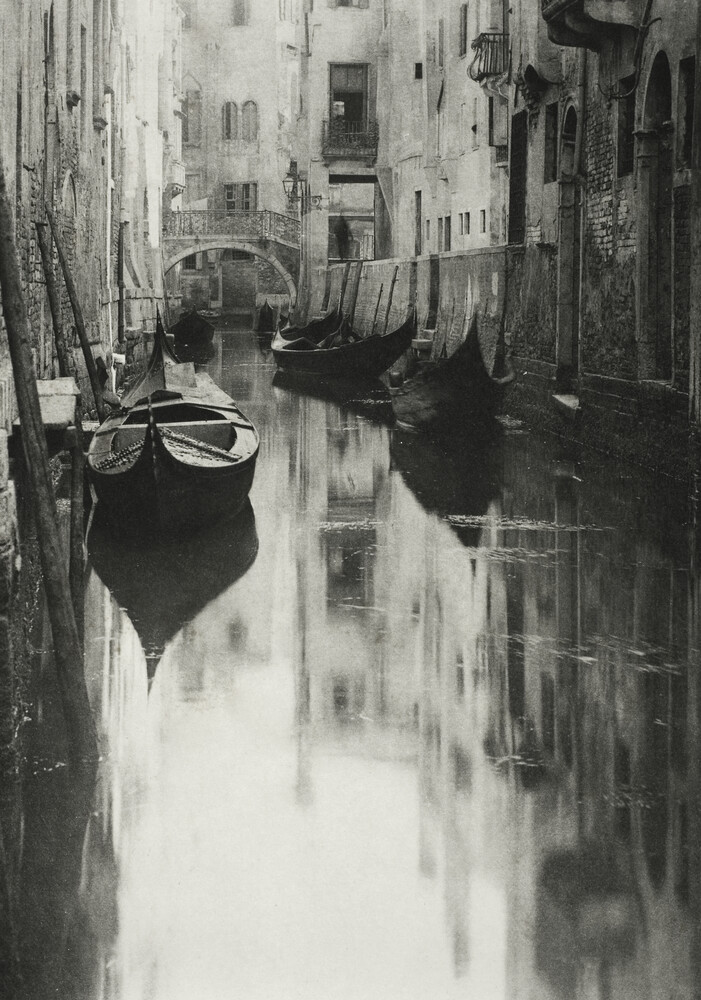
The Legacy of Alfred Stieglitz
Stieglitz’s work had a profound and lasting impact on both photography and modern art. He was a tireless advocate for the idea that photography could be a powerful artistic tool, capable of expressing complex emotions and ideas. His photography, particularly his focus on modernist abstraction, helped redefine the medium and influenced a new generation of artists and photographers. Stieglitz continued to be a prominent figure in the art world until his death in 1946. Today, his photographs are housed in major museums, and his legacy continues to inspire photographers and artists around the world.
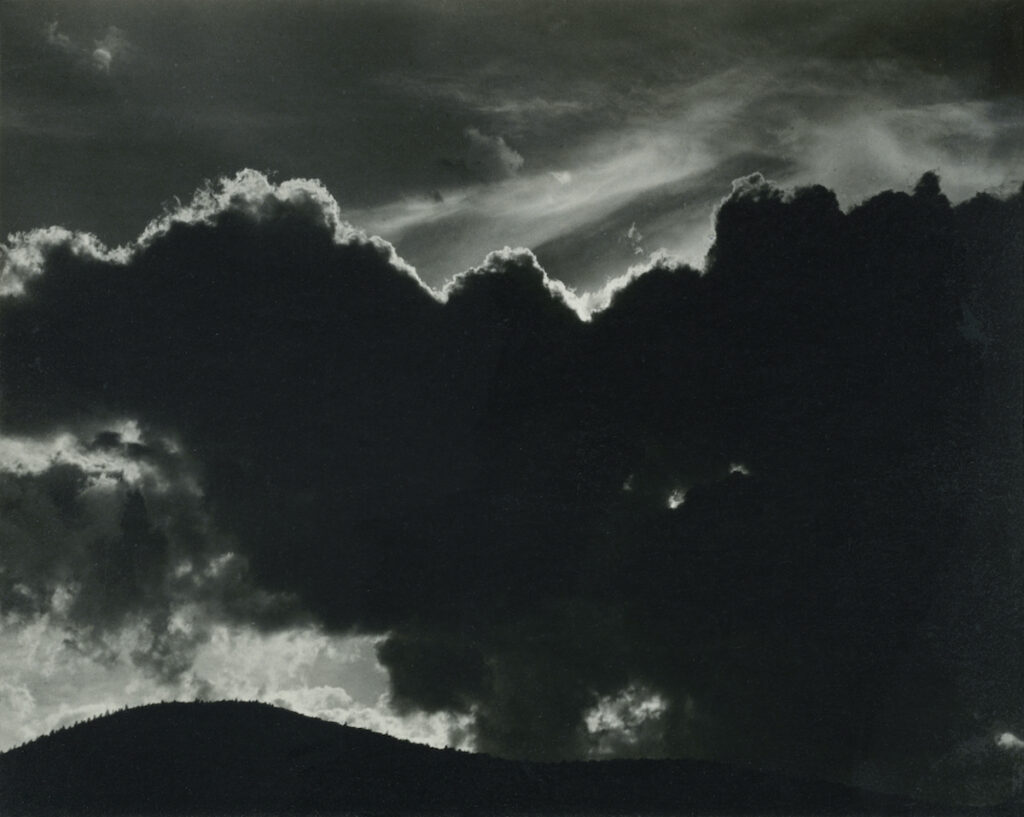
Key Achievements of Alfred Stieglitz:
- Founder of Camera Work (1903): Elevated photography to a fine art through his innovative magazine.
- Creator of The Steerage (1907): A landmark photograph that marked the beginning of modernist photography.
- Modern Art Advocate: Introduced American audiences to works by European modernist artists.
- Influential Gallery Owner: Opened the 291 Gallery, showcasing leading modern artists of the time.
- Personal Connection with Georgia O’Keeffe: His photographs of O’Keeffe are among his most iconic works.
Conclusion: Alfred Stieglitz’s Lasting Influence
Alfred Stieglitz was more than just a photographer. He was a visionary who transformed photography into an expressive art form, advocating for its recognition alongside traditional art forms like painting and sculpture. Through his work, his publications, and his support of modern artists, Stieglitz played a critical role in the development of modern art in America. His influence continues to shape the way we view photography and art to this day.

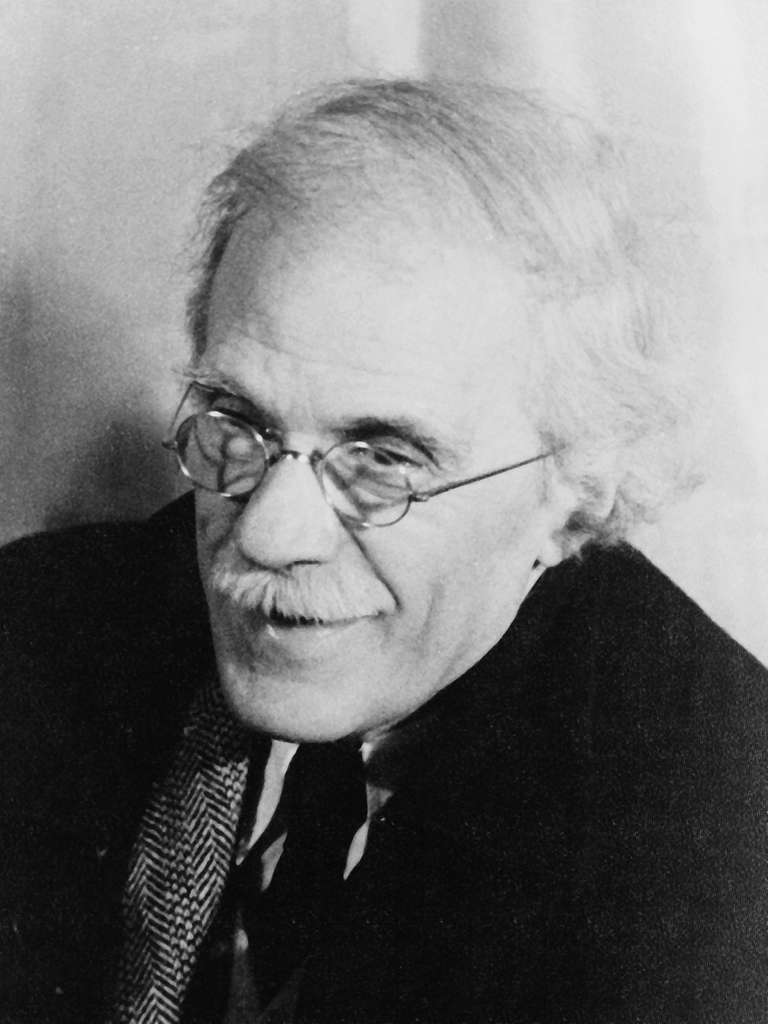

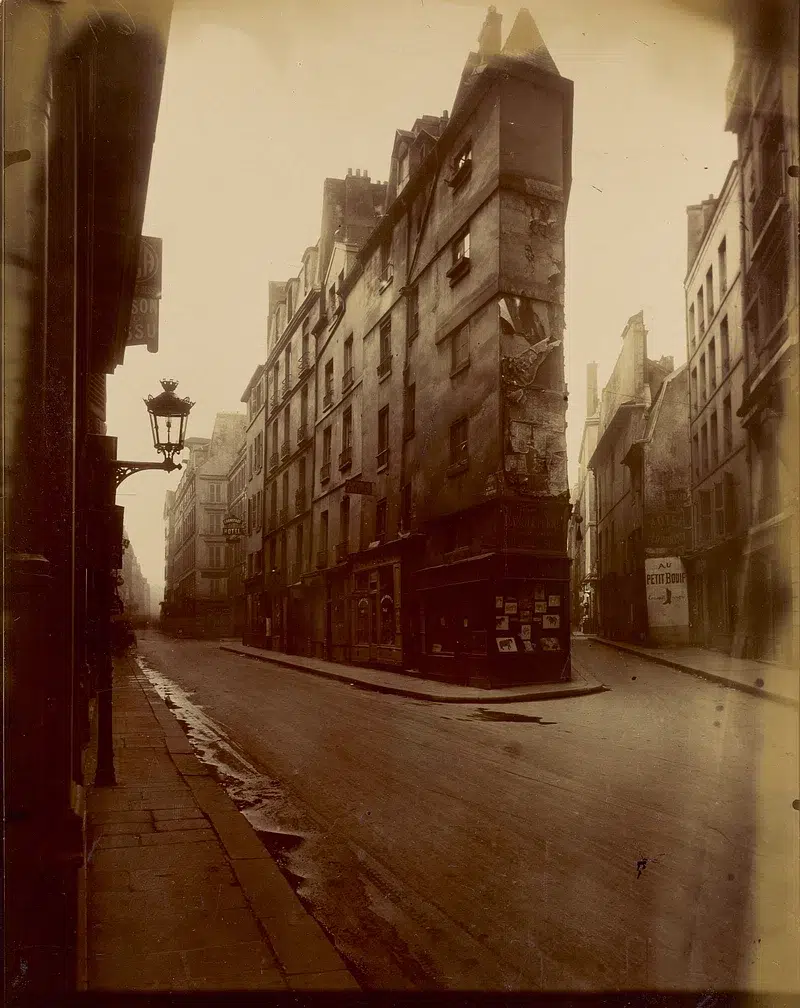
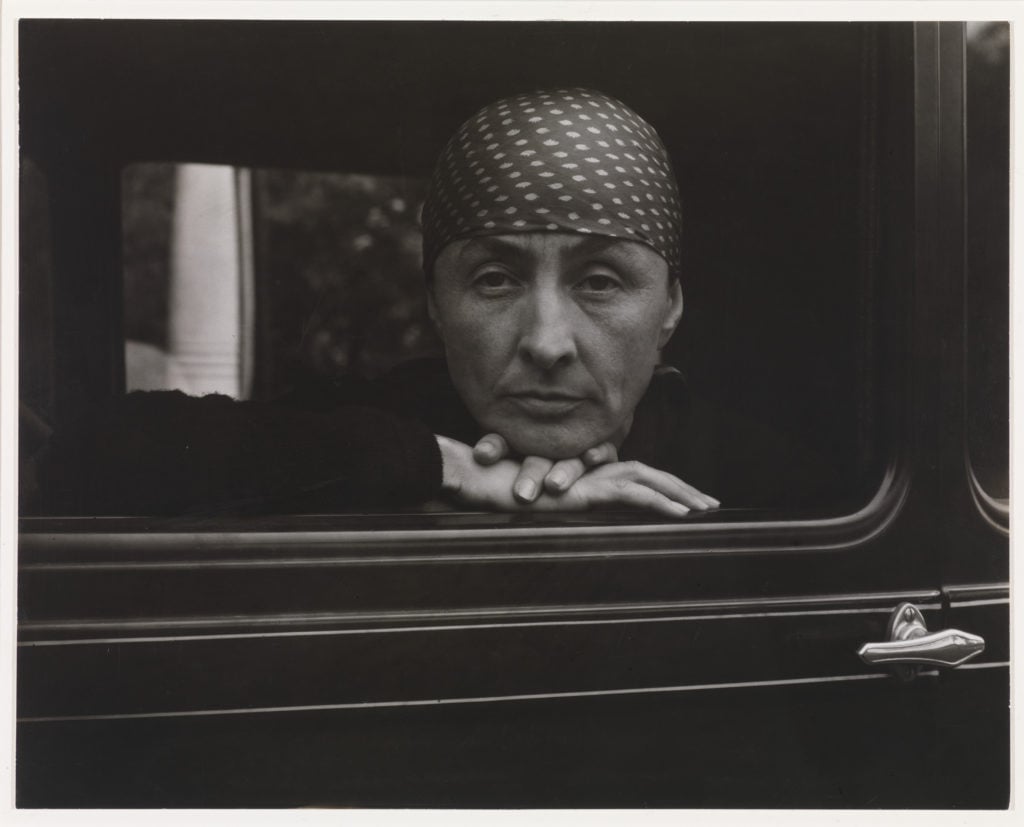
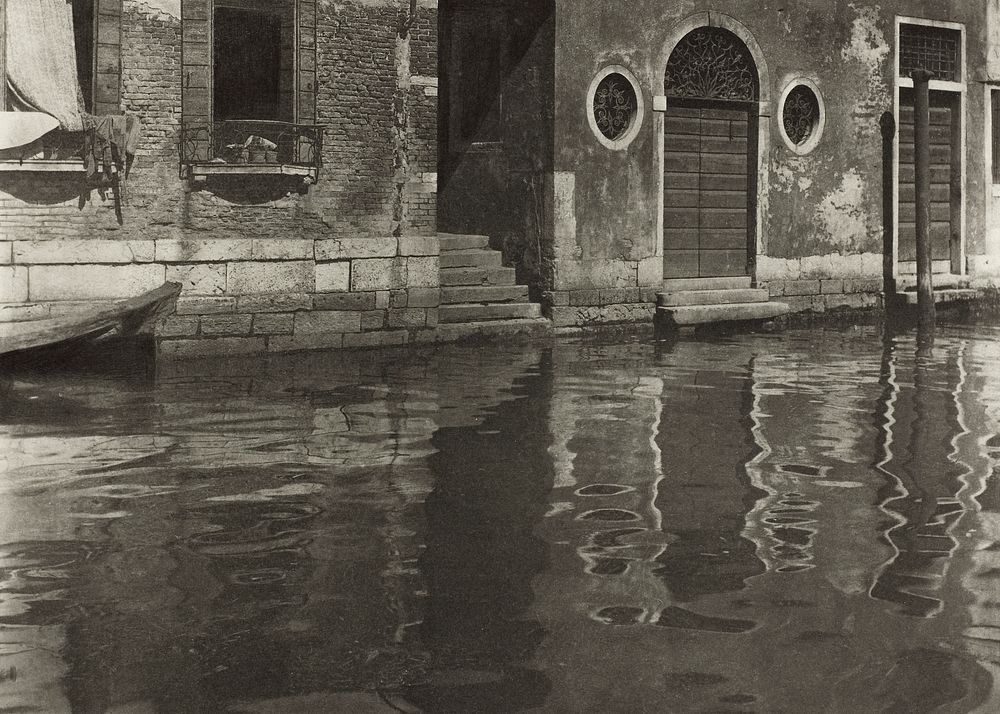
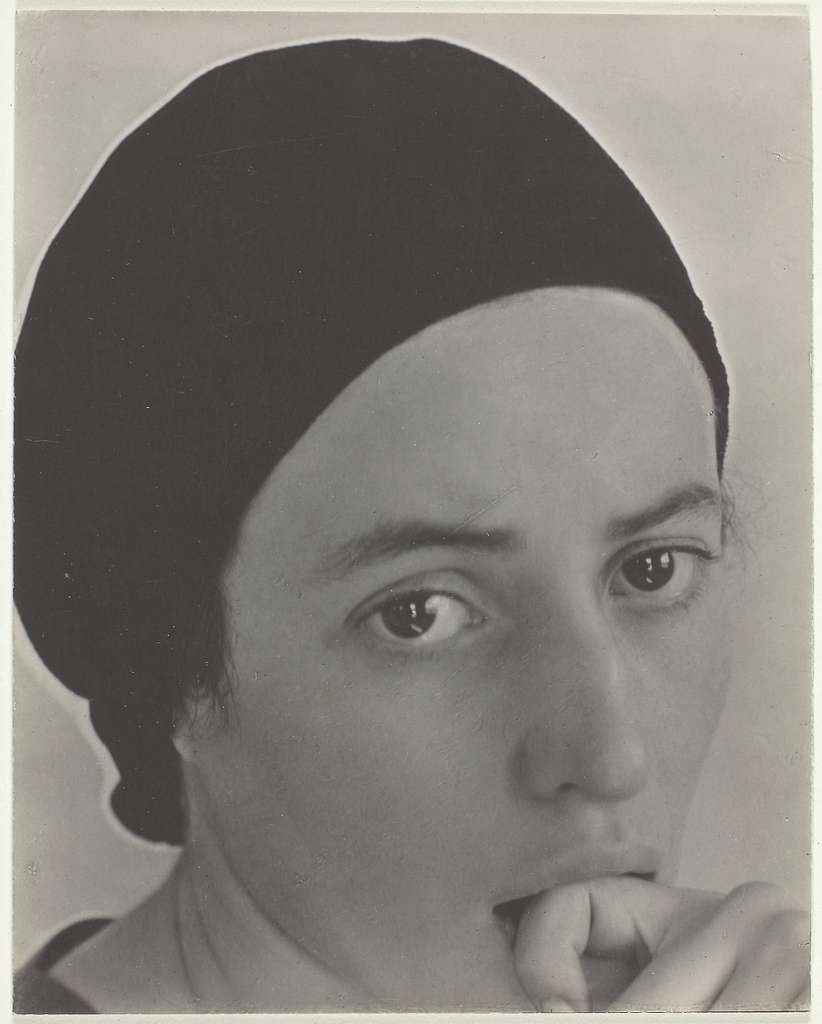
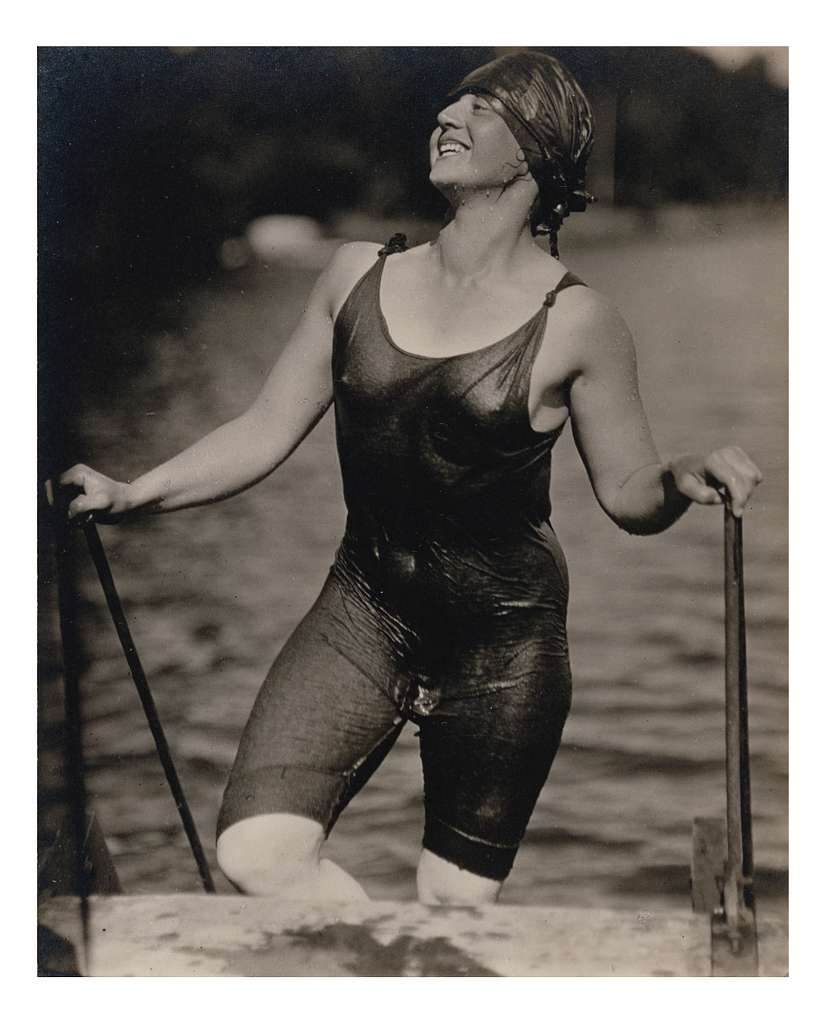
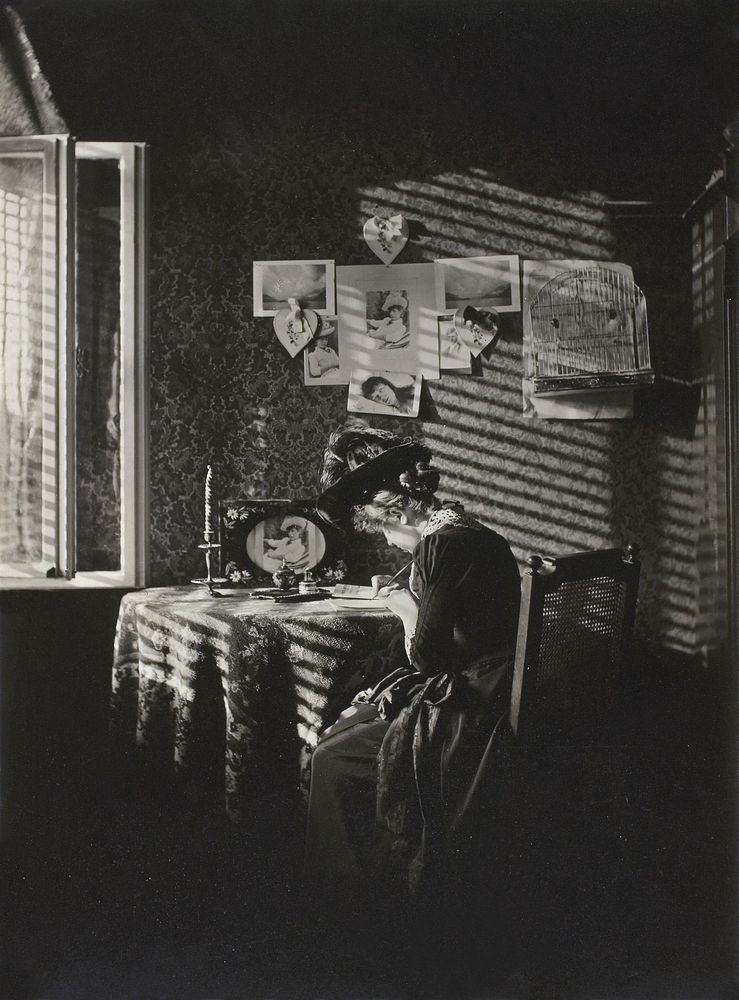
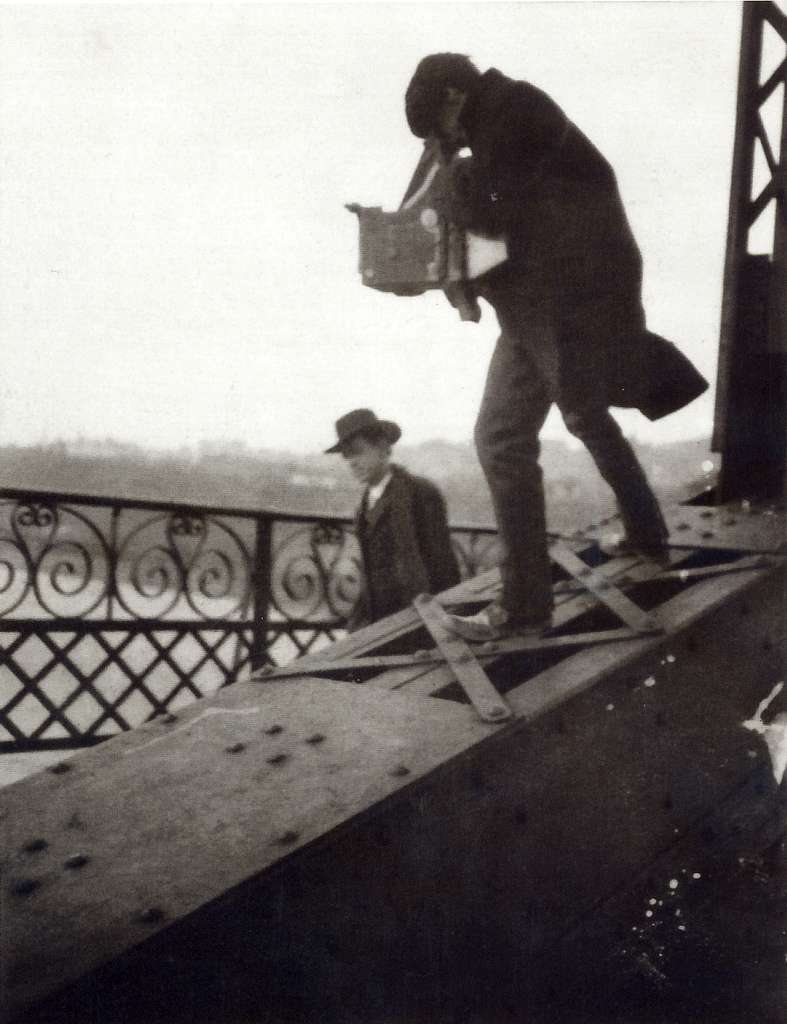
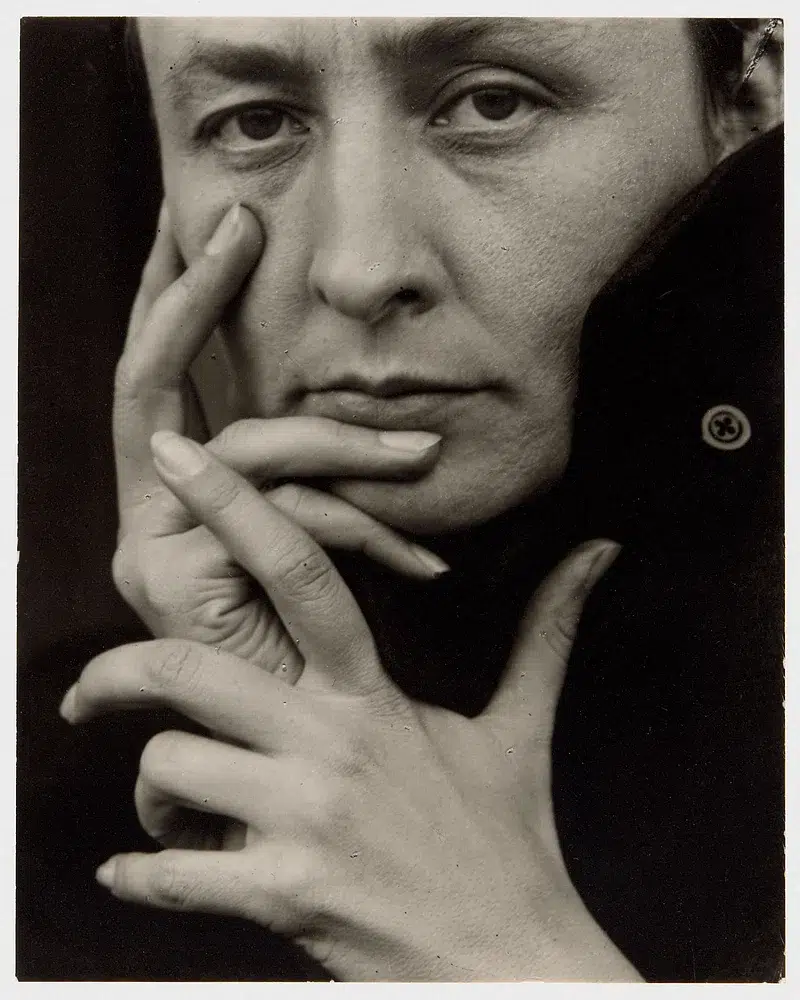
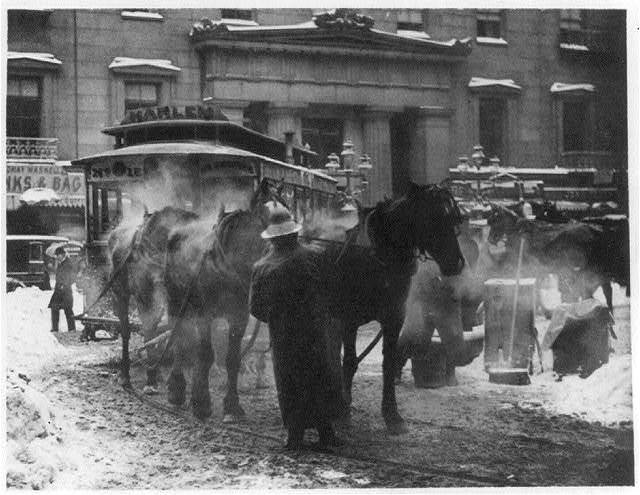
pronam